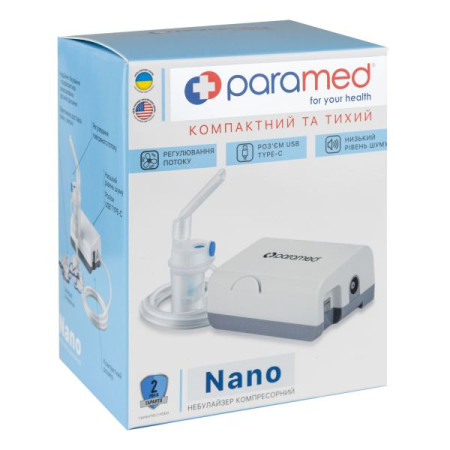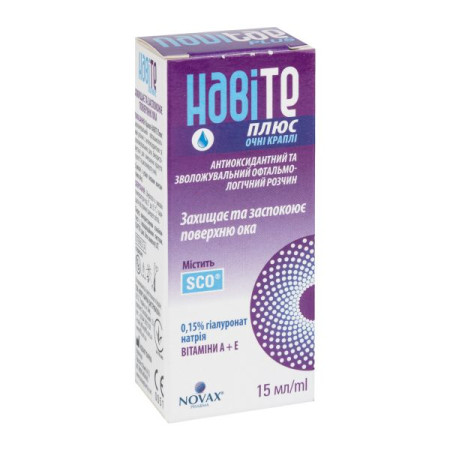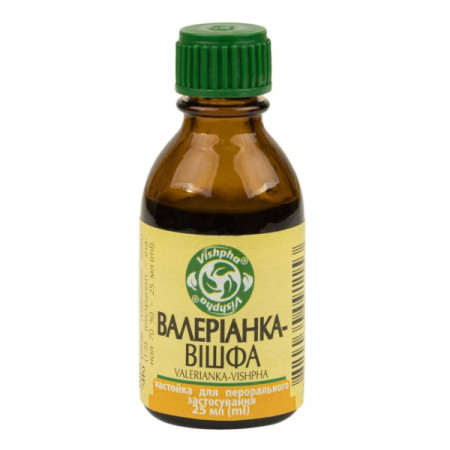Farmaxon solution for injection 250 mg/ml ampoule 4 ml No. 5

Instructions Farmaxon solution for injection 250 mg/ml ampoule 4 ml No. 5
Composition
active ingredient: citicoline;
1 ml contains 250 mg of citicoline in the form of sodium salt;
Excipients: diluted hydrochloric acid or sodium hydroxide, water for injections.
Dosage form
Solution for injection.
Main physicochemical properties: clear colorless liquid.
Pharmacotherapeutic group
Psychostimulants and nootropics. ATX code N06B X06.
Pharmacological properties
Pharmacodynamics
Citicoline stimulates the biosynthesis of structural phospholipids in the membrane of neurons, which contributes to the improvement of membrane functions, including the functioning of ion exchange pumps and neuroreceptors. Due to its stabilizing effect on the membrane, citicoline exhibits anti-edematous properties, therefore reducing brain edema. Citicoline inhibits the activity of some phospholipases, prevents the residual formation of free radicals, prevents damage to membrane systems and ensures the preservation of the protective antioxidant system.
Citicoline reduces the volume of damaged tissue, prevents cell death by acting on apoptosis mechanisms, and improves cholinergic transmission. Citicoline also has a preventive neuroprotective effect in focal brain strokes.
Citicoline promotes rapid functional rehabilitation of patients with acute cerebral circulation disorders, reducing ischemic damage to brain tissue, which is confirmed by the results of X-ray studies.
In case of traumatic brain injuries, citicoline shortens the duration of the recovery period and reduces the intensity of post-traumatic syndrome.
Citicoline helps increase the level of brain activity, reduces the level of amnesia, and improves the condition of cognitive, sensory, and motor disorders observed in cerebral ischemia.
Pharmacokinetics
Citicoline is well absorbed after intramuscular and intravenous administration. After administration of the drug, a significant increase in choline levels in the blood plasma is observed.
Citicoline is metabolized in the intestine and liver to form choline and cytidine. After administration, citicoline is absorbed by brain tissues, with choline acting on phospholipids, cytidine on cytidine nucleoids and nucleic acids. Citicoline quickly reaches brain tissues and is actively incorporated into cell membranes, cytoplasm and mitochondria, activating the activity of phospholipids.
Only a small amount of the administered dose is excreted in the urine and feces (less than 3%). Approximately 12% of the administered dose is excreted through the respiratory tract. The excretion of the drug with urine and through the respiratory tract has two phases: the first phase is rapid excretion (with urine - during the first 36 hours, through the respiratory tract - during the first 15 hours), the second phase is slow excretion. The main part of the drug dose is involved in metabolic processes.
Indication
Stroke, acute phase of cerebrovascular disorders and treatment of complications and consequences of cerebrovascular disorders.
Traumatic brain injury and its neurological consequences.
Cognitive and behavioral disorders due to chronic vascular and degenerative cerebral disorders.
Contraindication
Hypersensitivity to the components of the drug.
Increased tone of the parasympathetic nervous system.
Interaction with other medicinal products and other types of interactions
Farmaxon enhances the effect of levodopa. The drug should not be prescribed simultaneously with drugs containing meclofenoxate.
Application features
In case of persistent intracranial hemorrhage, the dose should not exceed 1000 mg per day and the intravenous infusion rate should not exceed 30 drops per minute.
The drug is used immediately after opening the ampoule. The ampoule with the drug is intended for single use only. Any remaining drug should be destroyed.
Use during pregnancy or breastfeeding
There are no sufficient data on the use of Farmaxon in pregnant women. Data on the excretion of citicoline into breast milk and its effect on the fetus are unknown. Therefore, during pregnancy or breastfeeding, the drug is prescribed only if the expected benefit to the mother outweighs the potential risk to the fetus.
Ability to influence reaction speed when driving vehicles or other mechanisms
Given the possible adverse reactions, it is recommended to refrain from driving vehicles and other mechanisms while using the drug.
Method of administration and doses
For intravenous or intramuscular administration. Administered intravenously as a slow injection (over 3-5 minutes depending on the dose administered) or as an intravenous drip (40-60 drops per minute).
The recommended dose for adults is 500 mg to 2000 mg per day.
Treatment: the first 2 weeks - 500-1000 mg 2 times a day intravenously, then - 500-1000 mg 2 times a day intramuscularly. The maximum daily dose is 2000 mg.
The dosage and duration of treatment depend on the severity of brain lesions and are determined by the doctor individually. The recommended course of treatment, in which the maximum therapeutic effect is observed, is 12 weeks. If necessary, treatment is continued with the drug in the form of a solution for oral administration.
Elderly patients do not require dose adjustment.
Procedure for working with an ampoule.
1. Separate one ampoule from the block and shake it, holding it by the neck;
2. Squeeze the ampoule with your hand (the drug should not leak out) and separate the head with rotational movements;
3. Immediately connect the syringe to the ampoule through the hole formed;
4. Turn the ampoule over and slowly draw its contents into the syringe;
5. Put the needle on the syringe.
Children
There is insufficient data on the use of Farmaxon in children.
Overdose
Cases of overdose have not been described.
Adverse reactions
Very rare (<1/10,000) (including patient reports).
From the side of the central and peripheral nervous systems: severe headache, vertigo, hallucinations.
From the cardiovascular system: arterial hypertension, arterial hypotension, tachycardia.
Respiratory system: shortness of breath.
From the digestive tract: nausea, vomiting, diarrhea.
On the part of the immune system: allergic reactions, including: rash, hyperemia, exanthema, urticaria, purpura, itching, angioedema, anaphylactic shock.
General reactions: chills, changes at the injection site.
Expiration date
2 years.
After opening the ampoule, the drug is not stored.
Storage conditions
Store in original packaging at a temperature not exceeding 25 ° C. Keep out of the reach of children.
Incompatibility: The drug should not be mixed with other drugs in the same container.
Packaging
2 ml or 4 ml in ampoules No. 5.
Vacation category
According to the recipe.
Producer
LLC "NIKO".
Location of the manufacturer and its business address
86123, Ukraine, Donetsk region, Makiivka, Tayozhna St., 1-1.
There are no reviews for this product.
There are no reviews for this product, be the first to leave your review.
No questions about this product, be the first and ask your question.


















